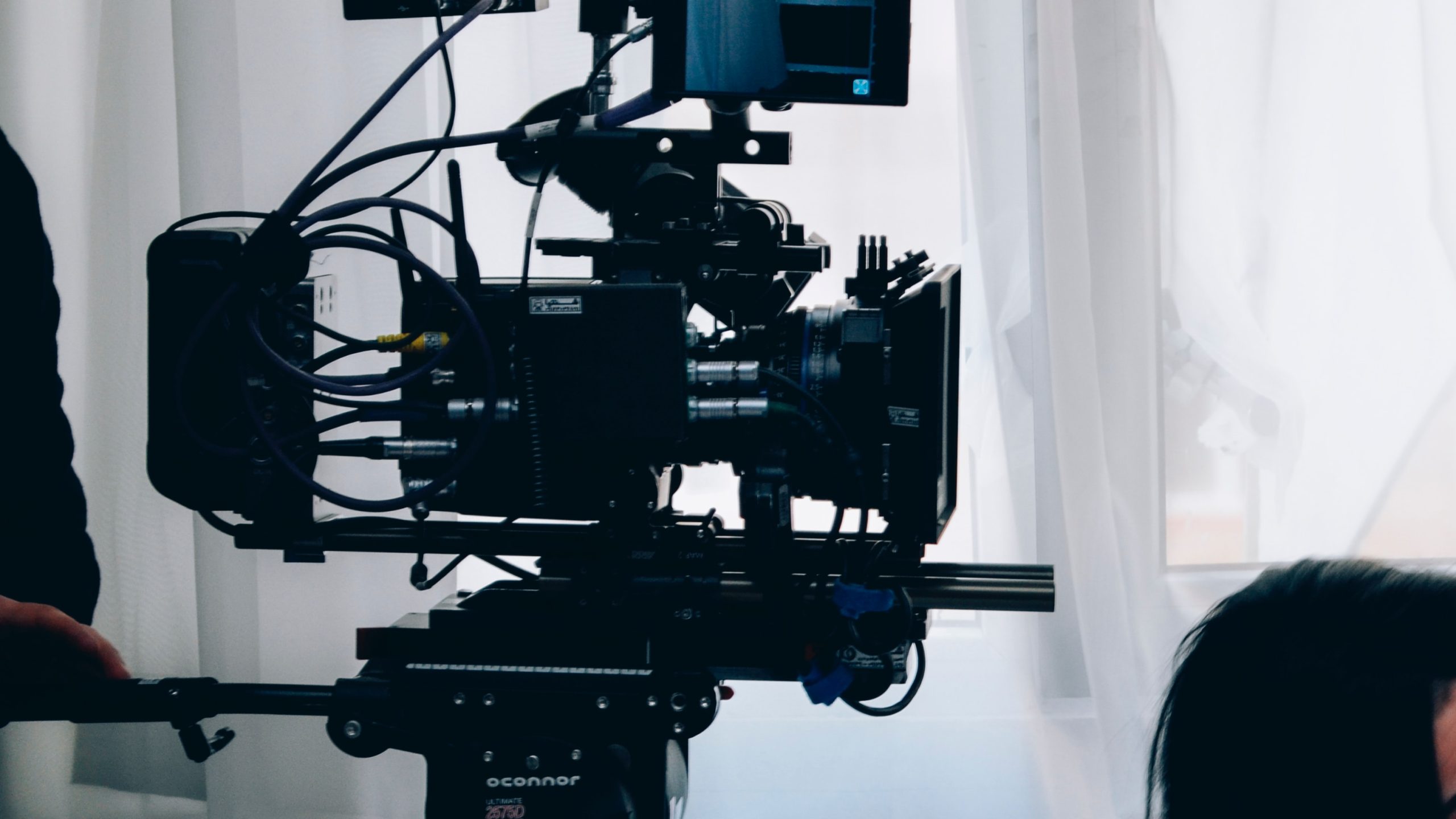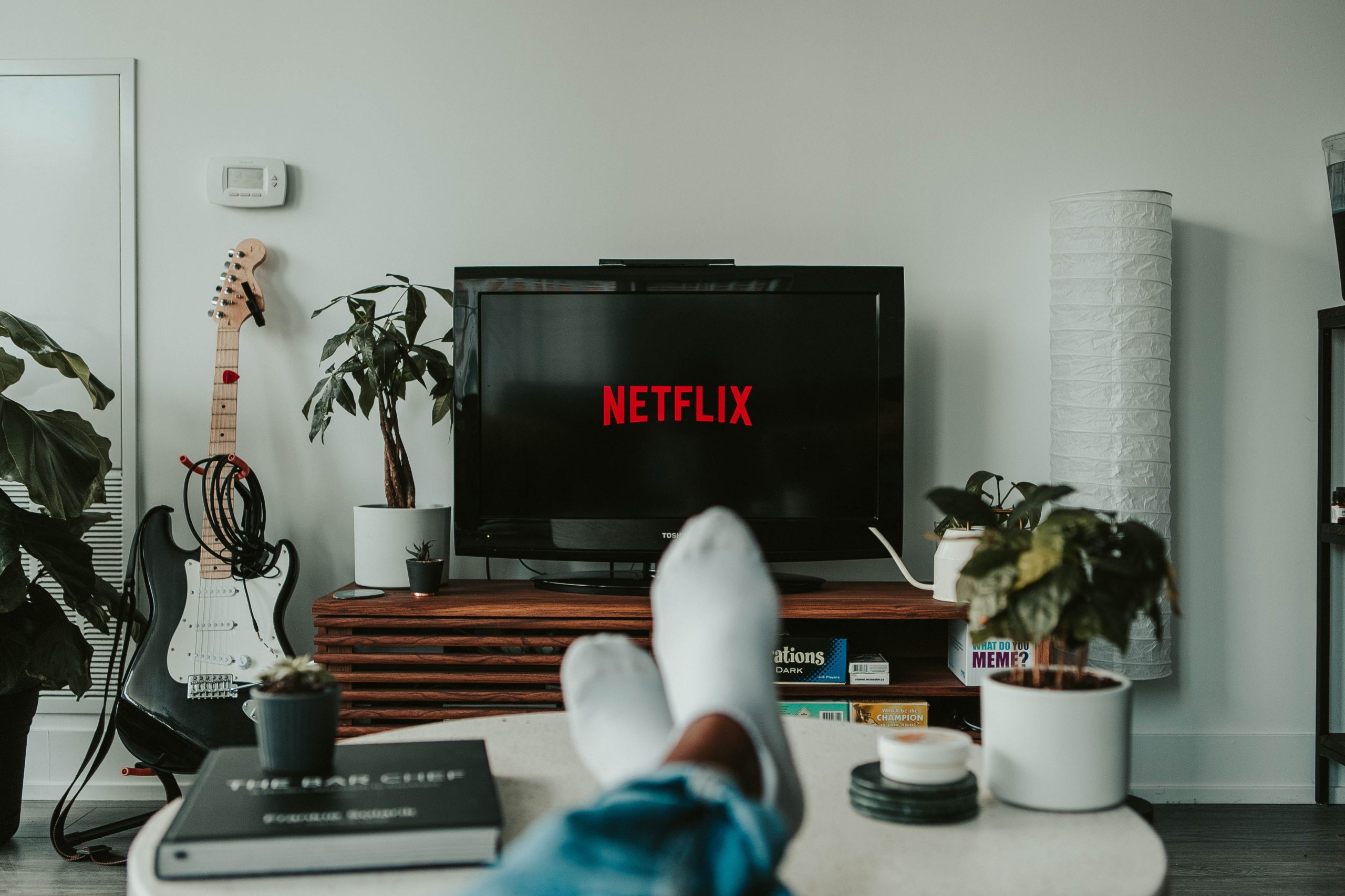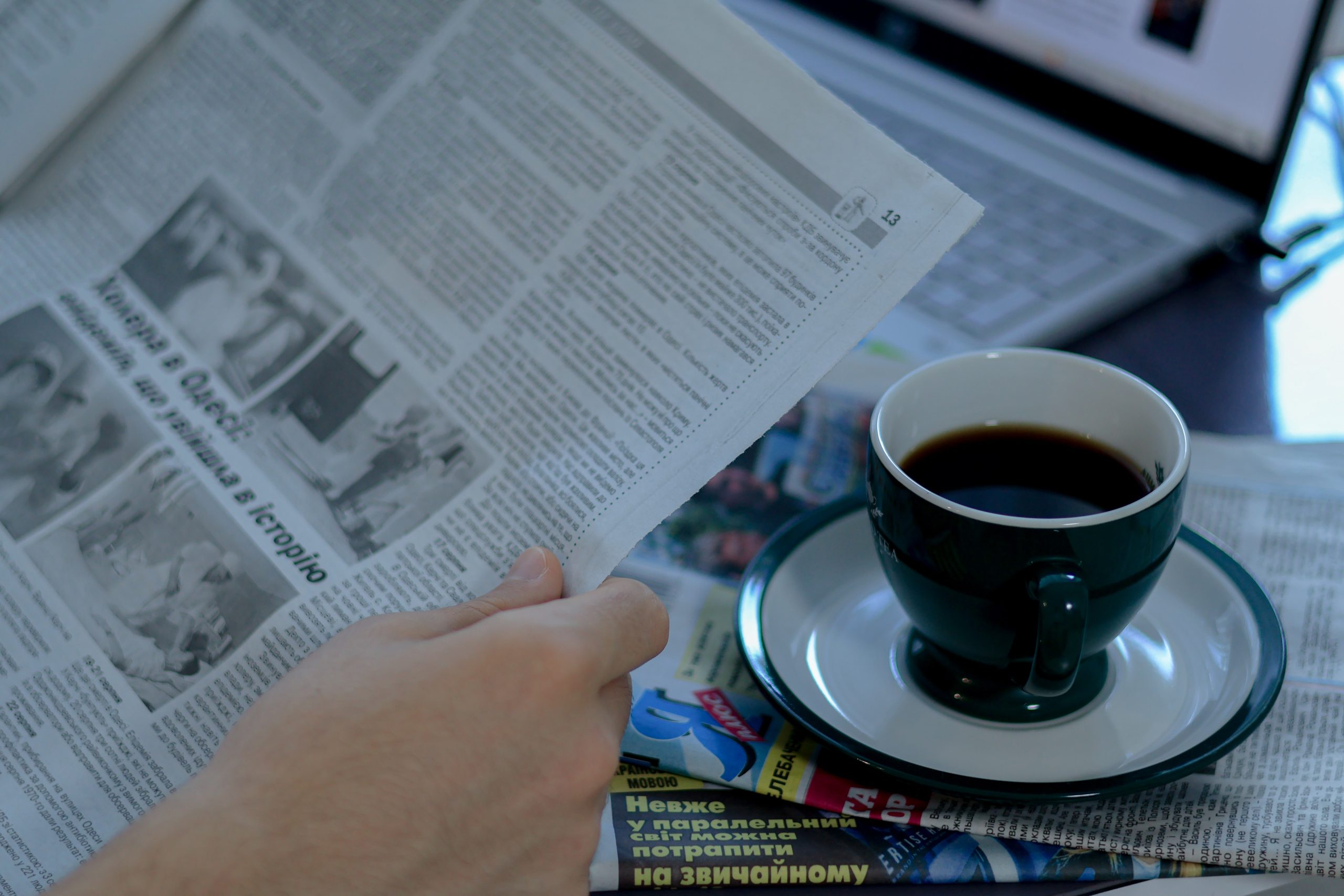Jennifer Lopez has been busy. In case you missed it, the Puerto Rican singer, dancer, and actor released not one but three complementary projects to kick off the year. There’s her “This Is Me . . . Now” album; a video companion/musical to said album, “This Is Me . . . Now: A Love Story”; and a documentary that dives into said love story, “The Greatest Love Story Never Told.” It was an ambitious undertaking, no doubt. And one that has her being dragged across TikTok, Instagram, and X (formerly Twitter).
Part of the controversy lies in how Lopez represents herself and her native borough of the Bronx. In one scene from the documentary, Lopez tussles her curly hair while looking in the mirror and says, “It reminds me, like, when I was 16 in the Bronx, running up and down the block. Crazy little girl who used to fucking be wild and no limits, all dreams.” TikTok quickly jumped on this small clip, with many users commenting on how contrived the scene felt. One user noted it allegedly took numerous takes to get the finished shot. From there, it wasn’t long before social media started to mine Lopez’s old interviews for any hint of inauthenticity.
In a resurfaced clip from Vogue’s “73 Questions” series, Lopez shares her childhood bodega order of “ham and cheese on a roll with an orange drink . . . and a small bag of chips.” This clip, too, has been flamed on social media as New Yorkers demand to know exactly what orange drink Lopez is referring to. Others have remarked it’s such a generic order that Lopez can’t be as bodega-bred as she claims.
And then, of course, there’s the nail in the coffin: an old clip from 2014 making the rounds on social media that shows Lopez pulling up to her old house in Castle Hill, and the current resident having absolutely no idea who she is.
It’s not that Lopez isn’t from the Bronx — of course, she is. No one can take that away from her. It’s that the image she portrays, one of a tried-and-true Bronx girl who made it to Hollywood while staying true to her roots, comes off as disingenuous. Many think she’s using the borough for relevance in an age that values authenticity more than anything. But how did she become so seemingly disconnected from the people she supposedly represents?
Growing up in a Puerto Rican household meant Lopez could do no wrong. She was the Fly Girl who made it big. She was Selena. And when her debut album, “On the 6,” dropped, my mom had it on repeat, singing along to every word. For my mom, Lopez symbolized success. For many heads from that generation, that’s what success was — not so much repping your hood, but representing the fact that you made it out of your hood.
Today, however, that’s not enough. That’s why Lopez’s actions are often perceived as self-serving. In part, it’s a generational difference. This is evidenced by the fact that so few of her recent critics knew what she meant by “orange drink.” For the record, I’m pretty sure she was referencing the 25-cent “quarter waters” that were a staple of bodegas back in the ’90s (you’d be hard-pressed to find them now). They didn’t have a proper name; you just asked for the color. But, bodega order aside, the fact that Lopez had to rebrand her tour amid slowing ticket sales shows how much public opinion has waned for a star who once sold out Vegas residencies with frequency.
In this light, it’s unsurprising that people from the community and even her fans are skeptical of how she reps the Bronx — an attempt to delay the sun setting on an incredible 30-year career and energize the masses. But it’s not enough to claim NYC as your birthright and expect New Yorkers to show up. Here, trust and loyalty are won the hard way. You have to put the city on your back, elevate it, and actively participate in the culture.
Cardi B made headlines when she donated $100,000 to her old middle school in the Bronx. Fat Joe helped organize a fundraiser for families affected by the 2022 Twin Parks fire, and he’s well-known for routinely giving back to the community. And J Lo? Well, that’s the thing. She has. In 2014, she announced a partnership with Montefiore Medical Center in the Bronx to establish The Center for a Healthy Childhood, which aimed to improve children’s health and overall nutrition in the surrounding communities.
But for many of us, the occasional philanthropic stint isn’t enough. And the fact that it’s been 10 years since her last major contribution to the borough doesn’t help Lopez’s case. Neither does the fact that she danced her way to an acting career, singing career, and millions of dollars along the way, but she hasn’t opened a single dance academy to help others do the same. I think a Jennifer Lopez-branded dance academy in the heart of Castle Hill would be a no-brainer and would help her improve her current standing in the community.
That being said, Lopez isn’t obligated to satisfy anyone’s expectations but her own. And there are plenty of A-list New Yorkers who do less for their respective boroughs and are subject to far less criticism. At the end of the day, however, Lopez is unique in that she understands and cashes in on the social clout that comes with being from the Bronx. She understands that it distinguishes her from the majority of the Hollywood elite — she’s someone who isn’t supposed to have a seat at the table, yet now enjoys the same privileges as her silver-spoon counterparts.
I once had a friend tell me that the hood is something no one can take from you. It’s hardwired into you, regardless of what you achieve. The lessons the streets teach are lessons for life. I truly believe that. And I’m sure Lopez does, too. In her eyes, she’ll always be Jenny from the block, regardless of what any of us have to say.
But I also believe there’s no such thing as playing both sides. As someone who has slowly watched their neighborhood disappear because of gentrification and has had the landscape of his memories shift with each passing day, I wish I had the money to do something about it. And if I ever found myself in that position, in a position to give back, I would.
Miguel Machado is a journalist with expertise in the intersection of Latine identity and culture. He does everything from exclusive interviews with Latin music artists to opinion pieces on issues that are relevant to the community, personal essays tied to his Latinidad, and thought pieces and features relating to Puerto Rico and Puerto Rican culture.




















